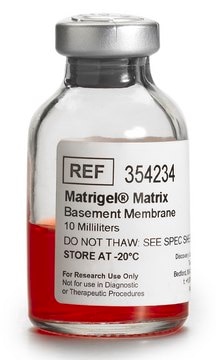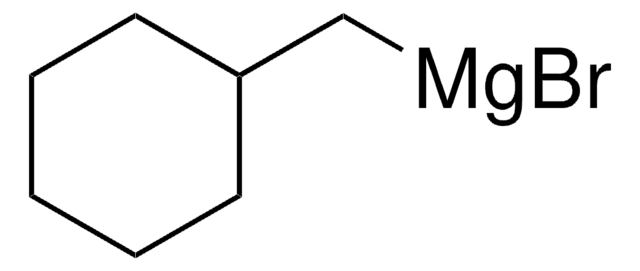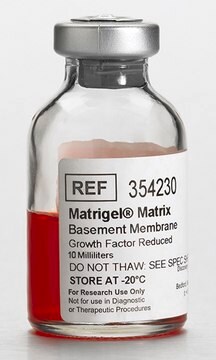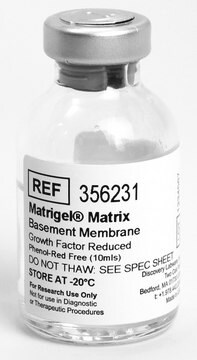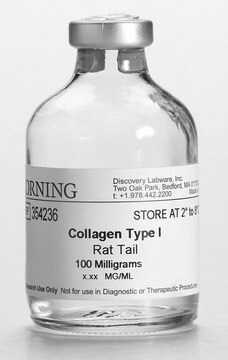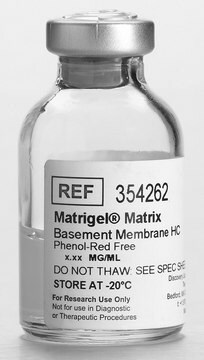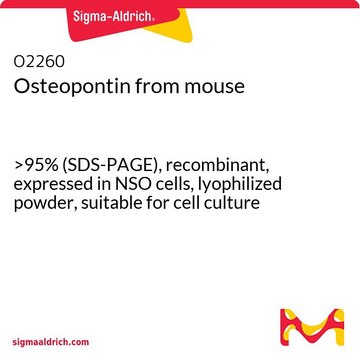SRP6383
CD319/SLAMF7/CRACC human
recombinant, expressed in HEK 293 cells, ≥95% (SDS-PAGE)
Synonyme(s) :
19A, CS1, FOAP-12
About This Item
Produits recommandés
Source biologique
human
Produit recombinant
expressed in HEK 293 cells
Étiquette/Marqueur
6-His tagged (C-terminus)
Pureté
≥95% (SDS-PAGE)
Forme
lyophilized
Poids mol.
calculated mol wt 23.2 kDa
observed mol wt 33-48 kDa (DTT-reduced. Protein migrates due to glycosylation. Ser 23 is the predicted N-terminus.)
Conditionnement
pkg of 10 μg
pkg of 50 μg
Impuretés
<1 EU/μg endotoxin (LAL test)
Numéro d'accès UniProt
Conditions d'expédition
wet ice
Température de stockage
−20°C
Informations sur le gène
human ... SLAMF7(57823)
Description générale
SLAM family member 7 (SLAMF7) is also known as CD2-like receptor-activating cytotoxic cells (CRACC), membrane protein FOAP-12, CD antigen CD319, Novel Ly9, Protein 19A, which is a single-pass type I membrane protein and a member of the CD2 family of cell surface receptors. SLAMF7 is expressed in spleen, lymph node, peripheral blood leukocytes, bone marrow, small intestine, stomach, appendix, lung and trachea. SLAM F7 (signaling lymphocytic activation molecule F7) receptors are expressed on immune cells such as activated T cells, most B cells, antibody-producing plasma cells and natural killer cells and also on myeloid cells. The SLAMF7 gene is mapped to human chromosome 1q23.3.
Actions biochimiques/physiologiques
Forme physique
Reconstitution
Code de la classe de stockage
11 - Combustible Solids
Classe de danger pour l'eau (WGK)
WGK 3
Point d'éclair (°F)
Not applicable
Point d'éclair (°C)
Not applicable
Certificats d'analyse (COA)
Recherchez un Certificats d'analyse (COA) en saisissant le numéro de lot du produit. Les numéros de lot figurent sur l'étiquette du produit après les mots "Lot" ou "Batch".
Déjà en possession de ce produit ?
Retrouvez la documentation relative aux produits que vous avez récemment achetés dans la Bibliothèque de documents.
Notre équipe de scientifiques dispose d'une expérience dans tous les secteurs de la recherche, notamment en sciences de la vie, science des matériaux, synthèse chimique, chromatographie, analyse et dans de nombreux autres domaines..
Contacter notre Service technique
